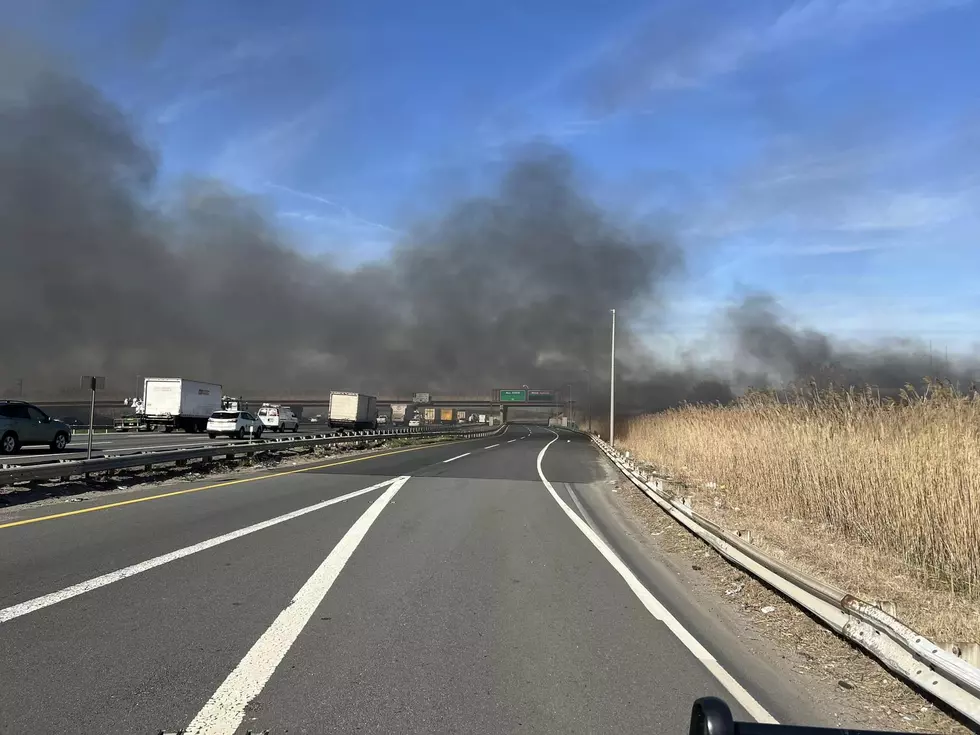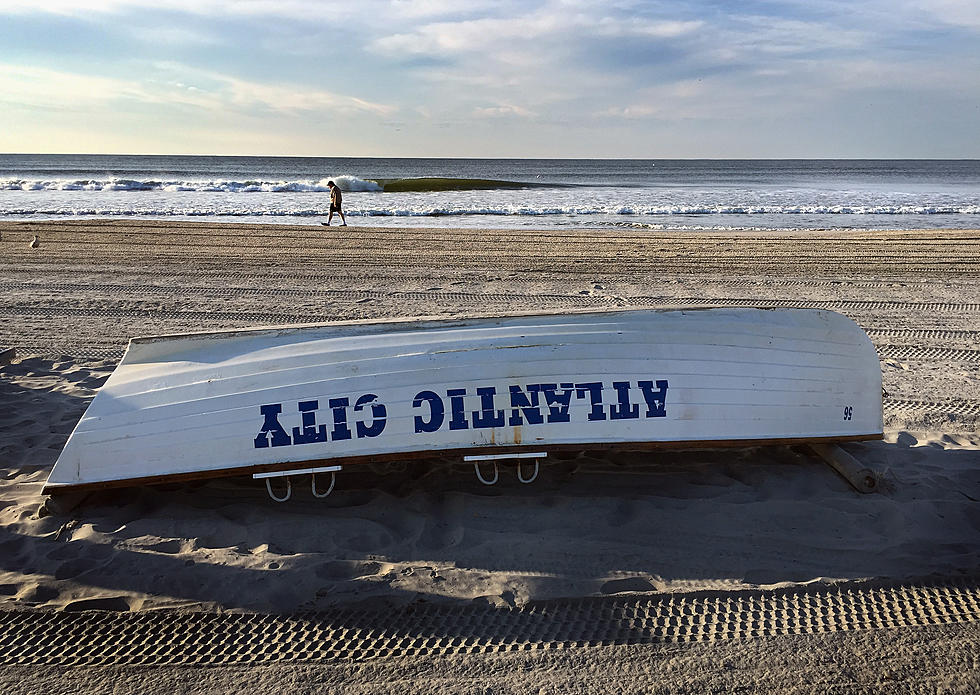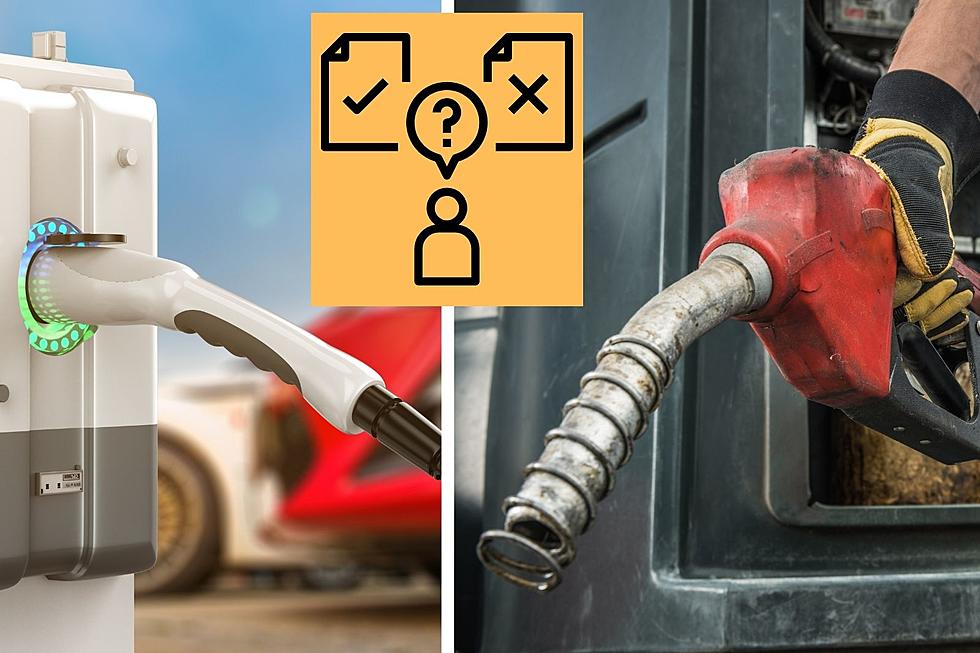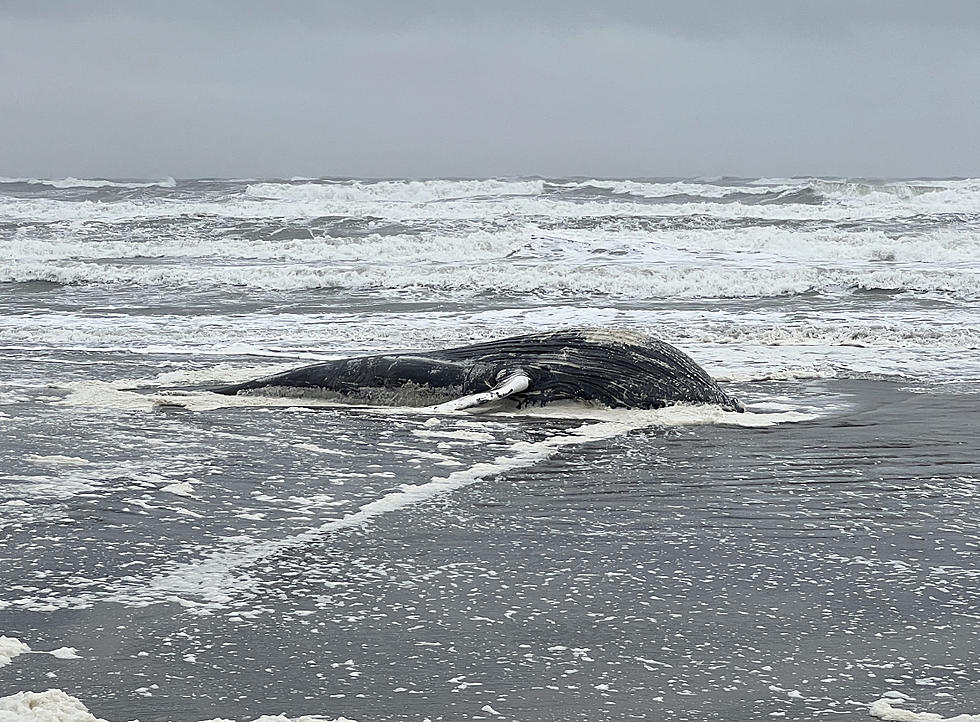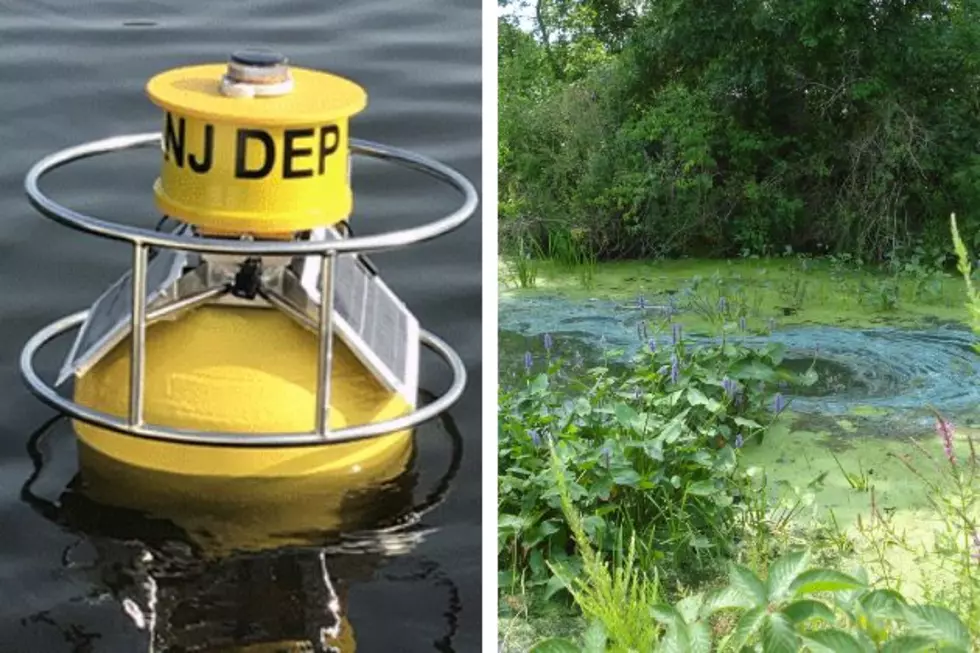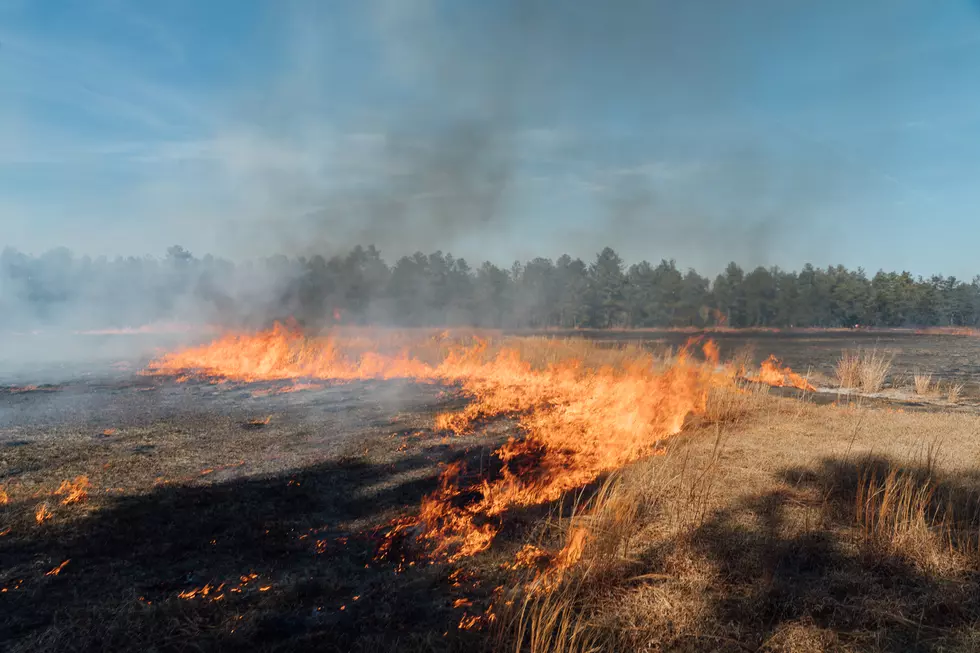
Forest Fire Prevention Measures Dampened in NJ by Active Winter
New Jersey is entering its typical wildfire season, and because of a wet and active winter, the state's Forest Fire Service hasn't been able to act as proactively as it'd like in order to reduce the chances of a significant fire event this spring and summer.
In a typical year, according to State Fire Warden Greg McLaughlin, the Service targets 20,000 to 25,000 acres of prescribed burns, during which smaller fires are intentionally set on the forest floor in order to burn away fallen leaves and branches, pine needles and other "fuel."
"So far this year, we're only about halfway there," McLaughlin told New Jersey 101.5.
Typically, prescribed burns by the state run until the middle of March. Right now, the Garden State is dealing with warmer than usual mid-March temperatures.

"With that we're going to be gearing up for wildfire season and scaling back our prescribed burn operations significantly," McLaughlin said.
Spring presents the greatest amount of risk for forest fires in New Jersey because there are longer days, humidity is low, and deciduous trees haven't yet leafed out to provide shade to the forest floor, where all fires start. McLaughlin said 99% of forest fires in New Jersey are "human-caused."
McLaughlin said "small windows" of opportunity for prescribed burning may pop up towards the end of May or in the fall.
"If we start to experience two to three years of wet, snowy winters and delayed ability to complete our work, then we start to worry, maybe pull staff from other parts of the state," McLaughlin said.
In 2020, according to the New Jersey Department of Environmental Protection, the Forest Fire Service completed burns on 26,128 acres — mostly state-owned lands.
“Prescribed burning not only helps protect the lives and property of those who live in or near forested areas, it is also an important part of the state’s carbon defense strategy, protecting carbon stored in forests from wildfire risk,” Acting DEP Commissioner Shawn LaTourette said.
“By taking careful steps to manage forest health, we can avoid potentially catastrophic releases of carbon from wildfires that, due to climate change, are routinely destroying communities and ecosystems while increasing harmful emissions."
How Many in America: From Guns to Ghost Towns
More From WPG Talk Radio 95.5 FM
